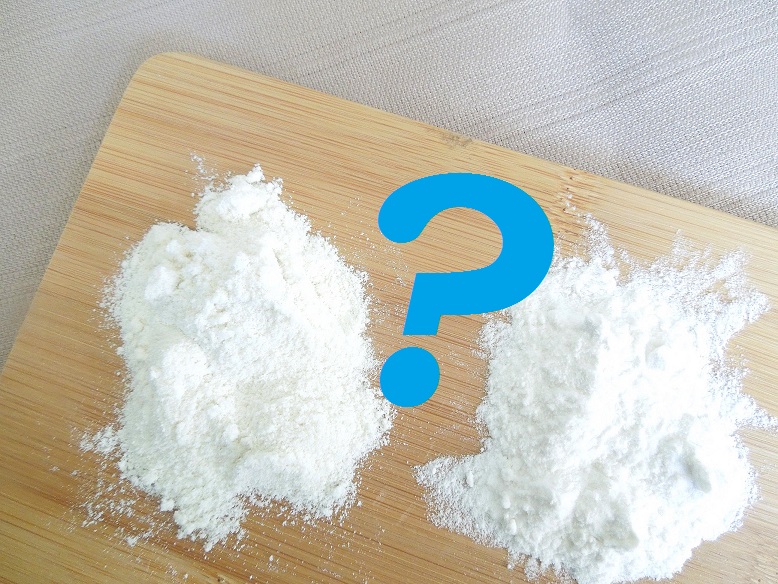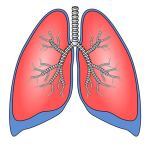How Do Enzymes Work Within Glutathione System?
Glutathione is formed and performs many of its functions in close cooperation with glutathione enzymes which are an integral part of the complex glutathione system. So, how do enzymes work within this system?
First of all, let’s remind ourselves what enzymes are – they are proteins that allow various chemical reactions in the body to happen much faster than they would have occurred without them. Thus, enzymes act as catalysts or boosters that speed up metabolic processes in the body. Each step of such a process or reaction requires a specific enzyme without which the process becomes much more difficult, although not normally impossible.
Major known functions of glutathione enzymes are:
- Glutathione enzymes help form glutathione molecules in the cell out of the three glutathione precursors
- Glutathione enzymes speed up glutathione’s many functions (the many functions of glutathione can be found on our page Glutathione)
- Glutathione enzymes also recycle glutathione.
HOW DO ENZYMES WORK TO HELP FORM GLUTATHIONE?
As you may have already discovered from our Glutathione Precursors page, glutathione is created in all cells out of three building blocks - amino acids glycine, glutamate and cysteine. The two-step process of glutathione formation involves the following enzymes:
Glutamate-cysteine ligase (GCL), formerly known as gamma-glutamylcysteine synthetase – is the first enzyme that initiates the bond between cysteine and glutamate to form dipeptide gamma-glutamylcysteine.
Glutathione synthetase (GS) – is the second enzyme that initiates the bonding of gamma-glutamylcysteine with glycine to form glutathione.
Gamma-glutamyl transpeptidase (GGT) – an important enzyme of the gamma-glutamyl cycle which presents an additional pathway for the synthesis of glutathione. GGT is attached to the outside of plasma membranes with the highest activity in the liver, kidneys, pancreas and lungs. Its main function is to break down circulating extracellular glutathione into the constituent amino acids, thus providing crucial glutamyl cysteine that can pass through the cell's membrane for the intracellular glutathione synthesis. The constituent amino acids can also be used elsewhere in the body if needed. For example, at insufficient levels from dietary sources, cysteine is preferentially incorporated into proteins rather than the glutathione molecule. GGT helps keep glutathione levels constant and keep the ratio of reduced (active) glutathione GSH to oxidized glutathione GSSG within normal range, both inside cells and in the extracellular fluids. Therefore, it plays a very important role in antioxidant defense and detoxification. GGT deficiency shifts the delicately balanced GSH/GSSG ratio towards higher levels of oxidized glutathione and decreases the availability of cysteine to cells leading to increased oxidative stress and DNA damage. At the same time GGT’s activity comes at a price – it produces free radicals during the GSH breakdown that require glutathione and other antioxidants to be used to restore the balance. In addition, because of its ability to disintegrate glutathione, overactive GGT is undesirable. Elevated serum GGT levels (measured in a lab test) are indicative of a whole range of serious diseases: liver and pancreatic cancers, chronic alcoholic liver disease, pancreatitis, type 2 diabetes, cardiovascular disease and stroke.
HOW DO ENZYMES WORK TO HELP GLUTATHIONE FUNCTION?
Glutathione reductase (Gr) - is an enzyme that reduces the oxidized form of glutathione (GSSG) back to its reduced or non-oxidyzed sulfhydryl form GSH. In simple terms - glutathione reductase recycles glutathione within the body. In healthy cells and tissue, more than 90% of the total Glutathione is in the reduced form (GSH) and less than 10% exists in the oxidized form (GSSG). The activity of enzyme glutathione reductase is used as an indicator for oxidative stress - an increased GSSG-to-GSH ratio is considered indicative of oxidative stress. Also, this ratio within cells is often used scientifically as a measure of cellular toxicity.
Glutathione peroxidases (GPx) – is a family of selenium containing enzymes that speed up the reaction between glutathione and free radicals, particularly toxic hydrogen peroxide which GPx help reduce to harmless water.
Glutathione S-transferases (GSTs) – is a family of enzymes that are best known for their ability to accelerate the binding of the reduced form of glutathione (GSH) to xenobiotics (chemicals, drugs, pesticides, and/or carcinogens) for the purpose of detoxification by making these compounds more soluble. This activity enables faster breakdown and elimination of xenobiotics, as well as the detoxification of peroxidized lipids. Peroxidized lipids are fatty cell membranes that have been damaged by free radicals. This type of free radical damage to cell membranes is one of the causes of cell death. GSTs may also bind toxins and function as transport proteins. Glutathione S-transferases are at particularly high levels in the liver – our largest and most important detoxification organ.
There are many genes involved in production and regulation of these important glutathione enzymes – i.g. GSTM1, GSTM2, GSTP1 and others. People who are chronically sick, suffer from toxic overload and/or suffer from chronic illness are often missing these genes. People missing these genes have great difficulty in creating glutathione in sufficient quantities and are unable to efficiently recycle glutathione. This leads to the body’s impaired ability to neutralize free radicals, eliminate numerous toxins and heavy metals, and recycle other antioxidants.
Luckily, glutathione levels in the body and the activity of these enzymes can be affected by glutathione boosting diets and therapies with the emphasis on providing sufficient amounts of glutathione precursors, especially bonded cysteine – the limiting factor in glutathione production, as well as sufficient amounts of glutathione cofactors - nutrients that are absolutely necessary for proper functioning of glutathione and its enzymes – vitamins C, E, B1, B2, B6, B12, folate, selenium, magnesium and zinc.
Further reading:
Undenatured Whey Protein In Raising Glutathione
Return to Top of How Do Enzymes Work Within Glutathione System?
Return to Glutathione
Return to Home








